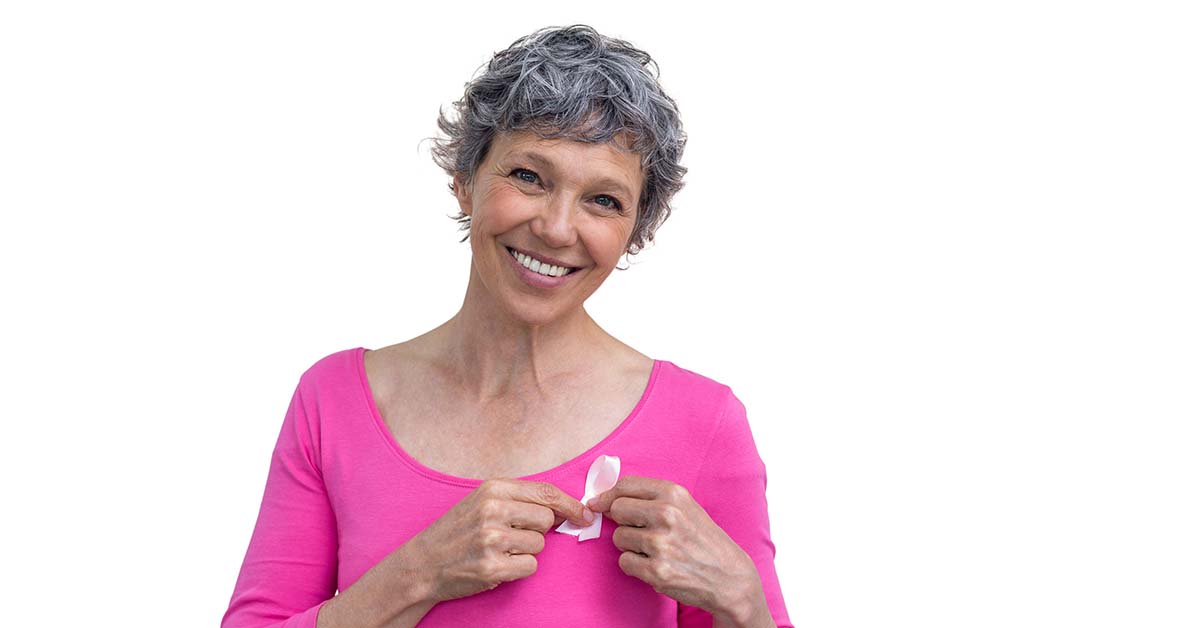In the past, women undergoing treatment for breast cancer often waited for treatment to end before embarking on surgical breast reconstruction. Today, however, reconstruction can happen soon after mastectomy using methods that can make cancer treatment more effective.
Adding an implant or tissue expander post-mastectomy can allow radiation treatments to work more effectively, according to Tidelands Health breast surgeon Dr. Craig Brackett, medical director of the breast health program at Tidelands Health. Tissue expanders are used to stretch the skin to help ensure enough tissue remains after healing for reconstruction.
“It’s about the uniform delivery of radiation,” says Brackett.
Beyond the advantages for treatment, breast reconstruction can help cancer survivors regain a sense of self and enjoy more normalcy in their lives.
These days, cancer survivors have a few options for reconstruction: silicone or saline implants or patients’ own tissue (fat cells) drawn from their own abdomen or thighs. Each has its advantages and disadvantages.
Breast implants come in two styles: silicone and saline. Both start with a silicone shell that is filled with either silicone gel or sterile saline (saltwater solution).
Silicone gel implants feel more natural while saline implants feel harder, Dr. Brackett says. Saline implants, however, are best for women with autoimmune conditions like lupus or those may have a reaction to a silicone gel leak.
Implants can be inserted during or soon after mastectomy, maintaining the shape of the breast and creating a smooth surface for more precise radiation treatments.
Among the downsides of implants is the potential for pain or a loss of sensitivity. Implants can also leak, resulting in silicone drifting to other areas of the body where it has to be removed.
Known as an autologous transplant, this procedure replaces breast tissue with fat cells. Unlike a silicone or saline implant, however, a tissue transfer can’t happen until radiation treatments end because radiation destroys fat cells, Dr. Brackett says.
For that reason, a patient who opts for this reconstruction method will receive a temporary expander beneath the skin to maintain breast shape and improve treatment.
Like a silicone gel implant, an autologous transplant also feels natural but limits rejection risk because the tissue comes from the patient’s own body.
However, reconstruction using tissue transfer is more complicated than silicone or saline implants because it requires microsurgery to ensure the transplant has healthy blood flow.
Ultimately, the right approach depends on the goals of each patient, Dr. Brackett says, which is why it’s important to work with a trusted team like the one at Tidelands Health Breast Center, our region’s only surgical practice dedicated solely to breast health, to get the expert guidance and support you need to make the right decision for you.
